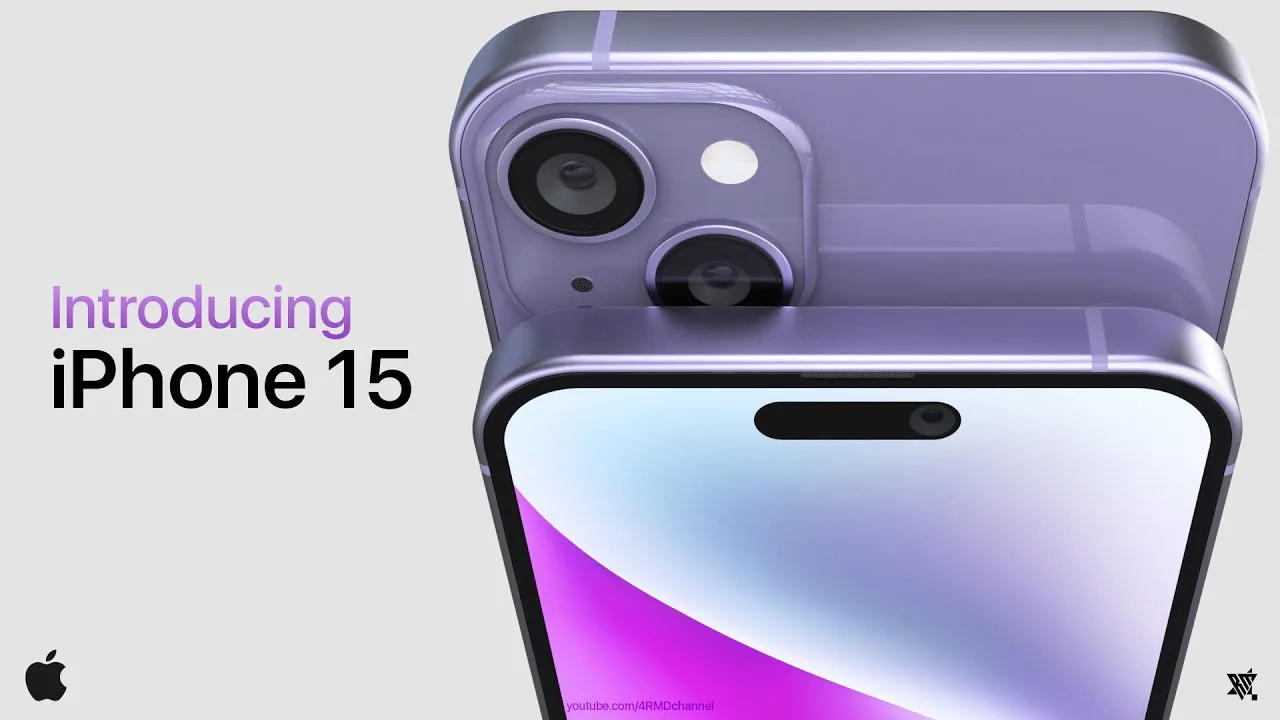Gone are the days of flip phones with limited memory. Today’s smartphones are multimedia powerhouses, capturing stunning photos, recording crystal-clear videos, and storing countless apps, games, and music files. But with all this functionality comes a crucial question: how much storage do you really need? Apple’s latest iPhone 15 starts at 128GB, a seemingly decent amount at first glance. However, with the ever-growing file sizes of photos and videos, coupled with feature-rich apps, is 128GB truly enough for the average user in 2024? Let’s dive deep and see if the base model iPhone 15 can hold all your precious memories and digital needs.
The Case for 128GB: It Might Be Enough (For Some)
Apple, in its recent ad campaign for the iPhone 15, emphasizes the phone’s “lots of storage for lots of photos.” They might have a point, especially for users who primarily capture casual snapshots and don’t record high-resolution videos extensively. Additionally, with the rise of cloud storage services like iCloud and Google Photos, many users choose to back up their photos and videos online, freeing up valuable phone space.
Here’s a breakdown of how 128GB might suffice for certain users:
- Casual Photographers: If you mostly take photos for social media or casual keepsakes, 128GB can hold a significant amount of images. Modern smartphone cameras compress photos efficiently, keeping file sizes manageable for everyday needs.
- Light App Users: Primarily use your phone for basic tasks like browsing, social media, and messaging? Most social media apps and basic productivity tools have a relatively small footprint, leaving ample space for your essentials.
- Cloud Backup Savvy: Regularly backing up your photos and videos to the cloud significantly reduces the storage burden on your phone. With affordable cloud storage plans available, you can offload media files and keep your phone clutter-free.
But Here’s Why 128GB Might Not Be Enough:
However, for users who demand more from their smartphones, 128GB can quickly become a bottleneck. Here’s why you might need to consider higher storage options:
- High-Resolution Photography: Modern smartphones boast powerful cameras that capture stunning photos in high resolution. These detailed images come at a price – larger file sizes. For photographers who take RAW photos or shoot in 4K, 128GB can fill up fast.
- Extensive Videography: Love capturing life’s moments on video? Be warned! High-resolution video files, especially 4K and 8K, can devour storage space in a blink. A single hour of 4K footage can easily consume over 10GB.
- Gaming Enthusiast: Mobile games have come a long way, offering console-quality graphics and complex storylines. These feature-rich games can occupy several gigabytes each, putting a strain on your phone’s storage.
- Offline Media Consumption: Do you like to download movies, music, or podcasts for offline enjoyment? These files can quickly eat away at your storage space, especially for high-quality content.
Finding the Storage Sweet Spot: A Breakdown
Here’s a table to help you decide how much storage you might need based on your usage habits:
| Usage Pattern | Recommended Storage |
|---|---|
| Casual Photographer, Light App User, Cloud Backup Enthusiast | 128GB |
| Regular Photographer, Moderate App User, Occasional Cloud Backup | 256GB |
| Frequent Videographer, Gamer, Offline Media Consumer | 512GB or 1TB |
Beyond Storage: The Cloud Factor
While 128GB might seem limiting on paper, cloud storage services like iCloud and Google Photos offer a compelling solution. Uploading your photos and videos to the cloud frees up valuable phone space and ensures a secure backup in case of accidental deletion or device loss. However, keep in mind that free cloud storage tiers often have limited capacity. Upgrading to a paid plan might be necessary depending on your needs.
The Final Verdict: It Depends on You!
Ultimately, the amount of storage you need depends on your individual usage habits. Casual users who primarily take snapshots and rely on cloud storage might find 128GB sufficient. However, power users who capture high-resolution photos and videos, play demanding games, or enjoy offline media consumption will likely benefit from higher storage options like 256GB, 512GB, or even 1TB.




